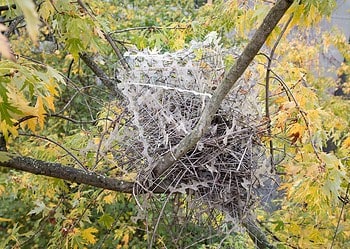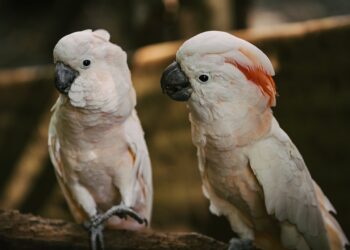Because of how sensitive they are to changes in their environment, birds are a perfect indicator for gauging biodiversity. If they are in danger, we all likely are. In Europe, one out of five bird species is currently threatened by extinction, while one out of three has declined over the last few decades, according to BirdLife International.

The NGO released the European Red List of Birds, a review of the regional extinction of all 544 species of birds found in over 50 countries in Europe. Species are evaluated from “least concerning” to “extinct” based on data collected by thousands of experts and volunteers. It’s the fourth assessment, following editions in 1994, 2004 and 2015.
“Birds have been on this planet for longer than we have, but at the speed humans are exploiting and destructing, we are seeing some species plummet towards extinction. The Red List is a crucial resource for everyone working to stop the biodiversity and climate crises,” Anna Staneva, Interim Head of Conservation at BirdLife Europe, said in a statement.
A growing crisis
At the European regional level, 13% (71 species) of bird species are threatened, with approximately 2% (8 species) Critically Endangered, nearly 3% (15 species) Endangered, and nearly 9% (48 species) Vulnerable. A further 6% (34 species) are considered Near Threatened, while five species are considered Regionally Extinct.
Changes between categories since the previous assessment in 2015 were recorded for 84 species, of which 37 species were classified in a higher extinction risk category and 47 in a lower category. Most of these changes are due to deterioration or improvement in the species populations, while a smaller part is because of methodological changes.
The report showed that waders, raptors, seabirds and wildfowl have the highest share of threatened and near threatened species per taxonomic group, along along with smaller groups such as kingfishers, bustards and grebes. Over 40% of wildfowl and wader species, as well as over 30% of seabirds and 25% of raptors are experiencing population declines.
The main drivers of declining bird populations observed in European habitats include large-scale land-use change, intensive agricultural practices, over-exploitation of marine resources, pollution of inland waters, unsustainable forest practices and infrastructure development.
Examples include the Common Snipe (Gallinago gallinago), facing habitat loss due to agriculture, the Black-necked Grebe (Podiceps nigricollis), affected by water pollution from urban run-offs, the Great Spotted Woodpecker (Dendrocopos major), challenged by forestry, and the Turtle Dove (Streptopelia turtur), challenged by powerful pesticides.
“Bird populations in Europe are dropping mainly because they are losing their habitats, and there are solutions to that. Large-scale restoration work alongside the protection of the few natural habitats left in Europe, will not only help birds survive, but will help humanity survive,” Claire Rutherford, Species Conservation Officer at BirdLife Europe, said in a statement.
Still, it’s not all bad news this year. The Red Kite (Milvus milvus) and the Azores Bullfinch (Pyrrhula murina) are two recently successful conservation stories, which shows targeted approaches to species can work. There were also good examples of agri-environment schemes that can help declining species, such as the Corncrake (Crex crex).
The full report can be read here.






